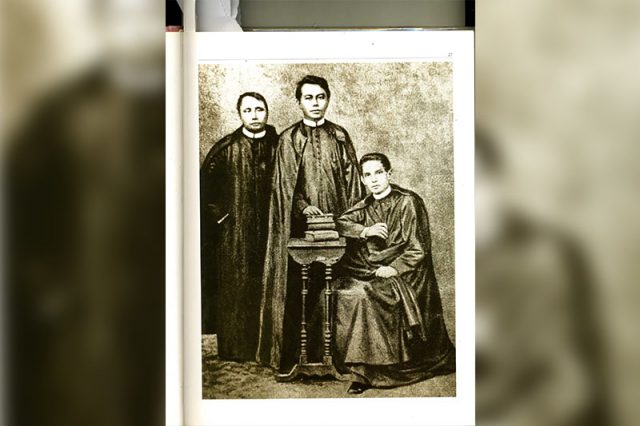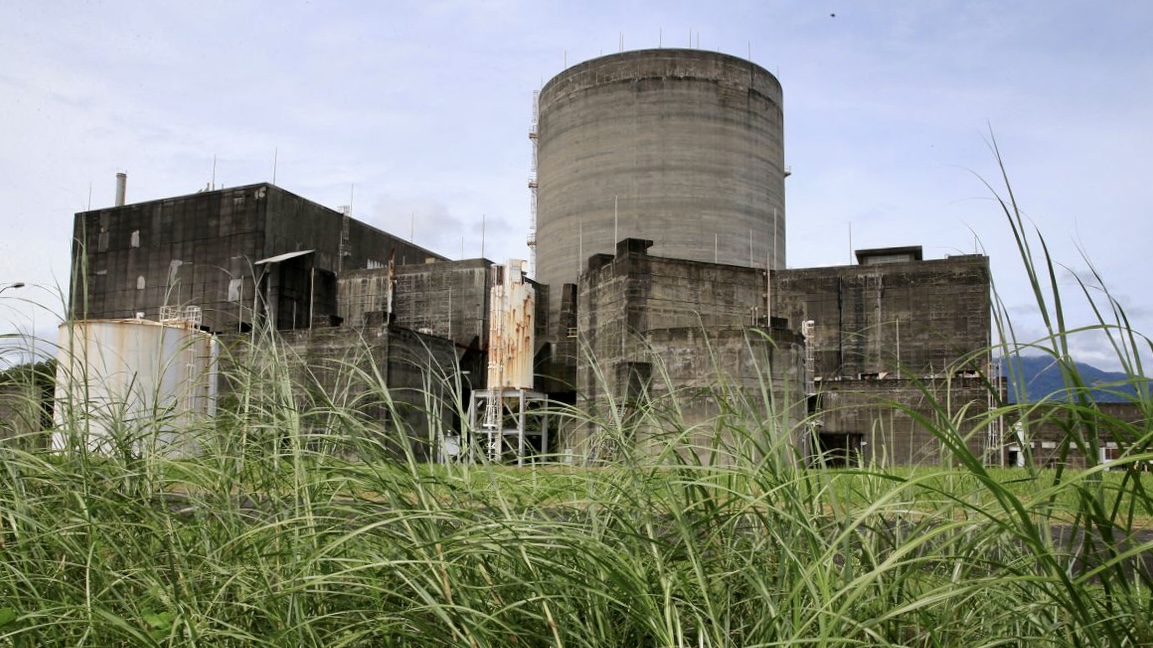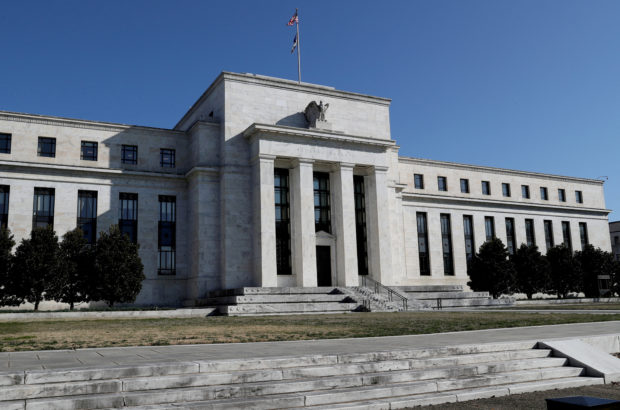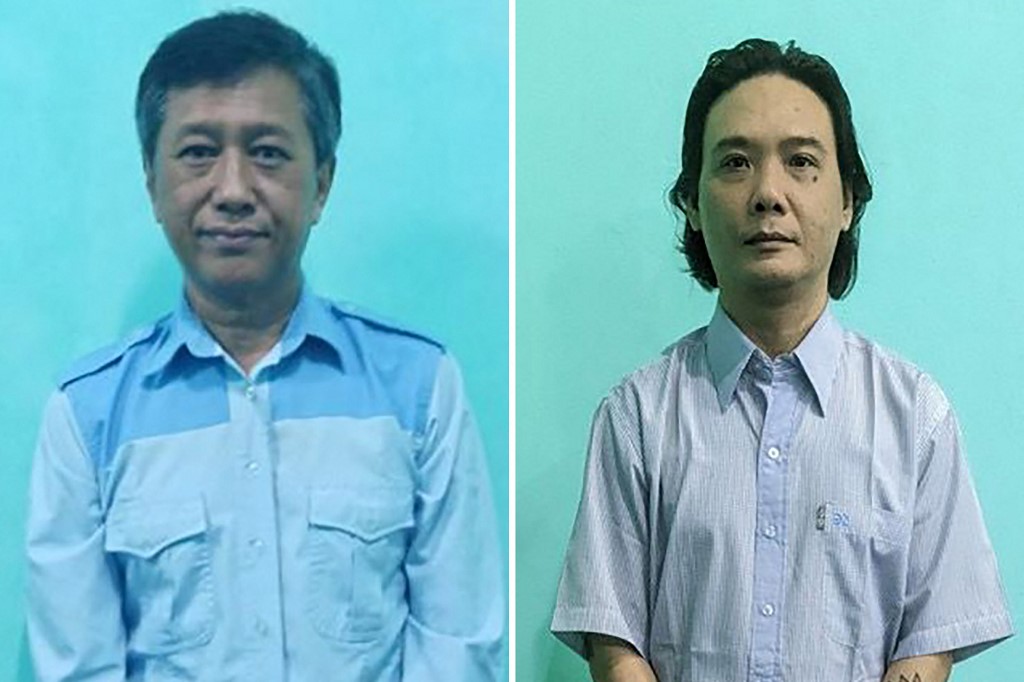[ad_1]

A authorities company is inviting Filipinos to just about commemorate the one hundred and fiftieth demise anniversary of Fathers Mariano Gomes, Jose Burgos and Jacinto Zamora, popularly often called Gomburza, whose martyrdom led to the primary stirrings of the Philippine Revolution.
The Nationwide Historic Fee of the Philippines (NHCP) on Tuesday shared that the general public can place a profile image body on their show images to remind their households and buddies of a big occasion in Philippine historical past.
“Ang seskisentenaryong ito ay pagkakataon upang makiisa sa mahabang kasaysayan ng pagluluksa mula sa panahon nina Rizal, Bonifacio at Mabini hanggang sa kasalukuyan,” it stated on Fb.
“Ang tema nating ‘Pamana ng Paglilingkod at Pag-aalay’ ay nagpapaalaala sa atin na ang tatlong pari ay namuhay na naglilingkod sa kanilang mga pamayanan at ang kanilang pag-aalay ng buhay, bagaman resulta ng kawalang katarungan, ay nagkatulong sa laban para sa kalayaan sa ating bansa,” NHCP added.
It added an internet site hyperlink the place Filipinos can get the profile image body that includes the three clergymen collectively often called Gomburza.
GomBurZa refers back to the mixture of the surnames of three Filipino secular clergymen, Mariano Gomes de los Angeles (Gom), Jose Apolonio Burgos (Bur) and Jacinto Zamora (Za).
Burgos was a 35-year-old priest from the Manila Cathedral whereas Zamora was a 37-year-old parish priest from Marikina.
Gomes, then again, was a 72-year-old priest from Bacoor.
The three of them had been accused, tried and sentenced to demise by way of garrote by the Spanish authorities on Feb. 17, 1872 for supposedly instigating the mutiny in Cavite regardless of uncertain proof.
The Cavite Mutiny, which occurred on Jan. 20, 1872, was an rebellion of Filipino troopers and laborers who revolted towards the Spaniards for voiding their exemption from the cost of tributes.
The incident prompted large arrests towards those that overtly campaigned and supported liberal concepts, even those that weren’t linked with the mutiny.
These included the Gomburza, who have lengthy voiced out unequal therapy in direction of secular Filipino clergy in favor of the Spanish friars.
They had been executed on the early morning of February 17 at Bagumbayan, now often called Rizal Park.
The Archbishop of Manila, who believed of their innocence, ordered each church to toll their bells on the second of their execution.
The incident contributed to Filipinos’ nationalist awakening and a want to be liberated from the colonial oppressors.
When nationwide hero Jose Rizal wrote what would change into his final novel, “El Filibusterismo,” he penned a dedication for the three clergymen. It reads:
“The Authorities, by enshrouding your trial in thriller and pardoning your co-accused, has prompt that some mistake was dedicated when your destiny was determined; and the entire of the Philippines, in paying homage to your reminiscence and calling you martyrs, completely rejects your guilt. The Church, by refusing to degrade you, has put doubtful the crime charged towards you.”
Different revolutionary figures resembling Andres Bonifacio, Marcelo del Pilar and Apolinario Mabini, additionally commemorated the clergymen’ martyrdom by way of their writings and speeches.
[ad_2]
Source link

















